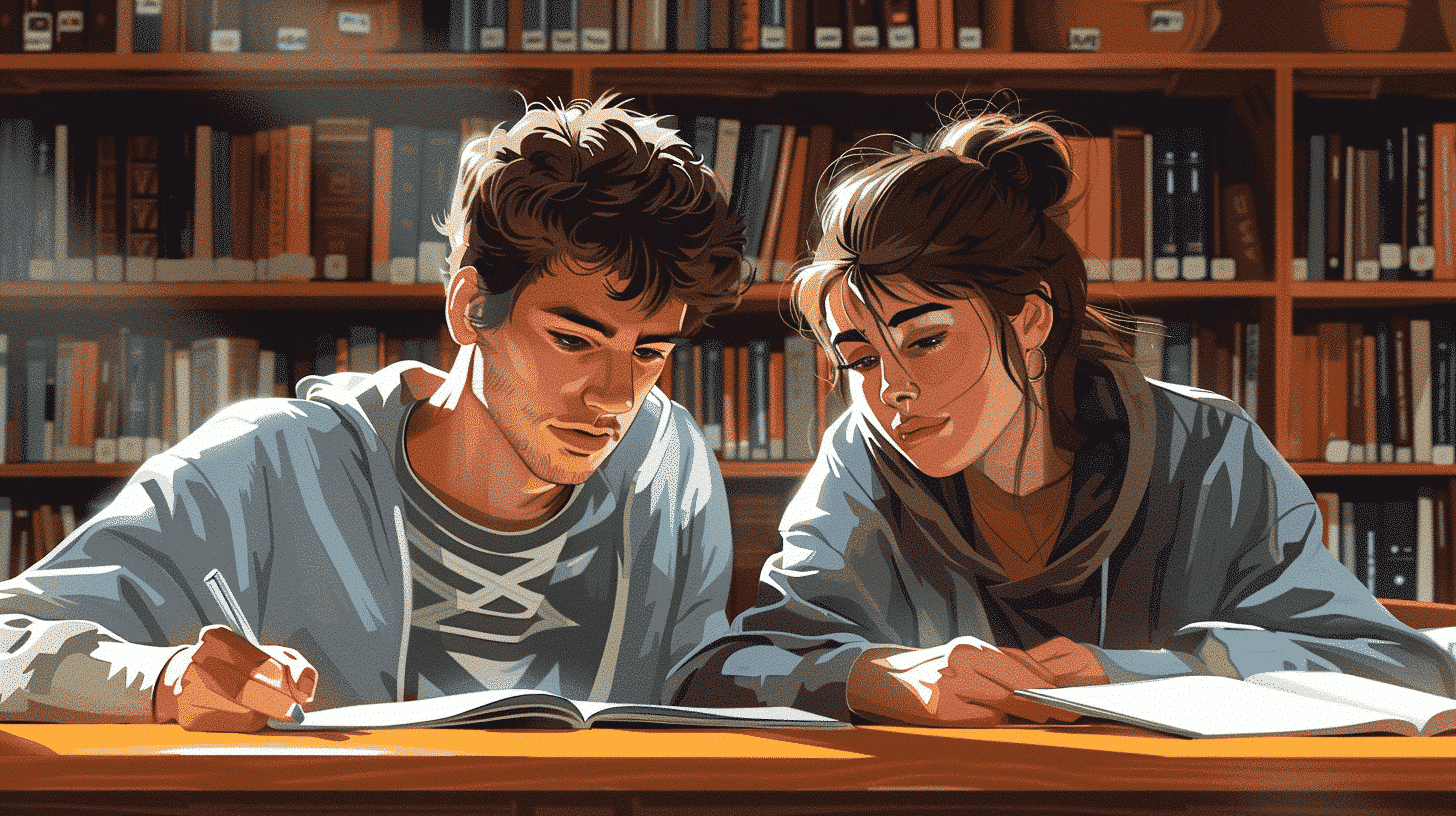Stærri – Bigger
To compare size, the word “stærri” is used in Icelandic. It is the comparative form of “stór,” which means “big.”
Bíllinn er stærri en hjólið.
Minna – Smaller
To express that something is lesser in size, “minna” is the word. It derives from “lítið,” meaning “small.”
Húsið er minna en kirkjan.
Meira – More
Icelandic speakers use “meira” to indicate a greater amount or degree. It is the comparative of “mikið,” which means “much.”
Ég vil hafa meira af súkkulaði.
Minna – Less
To contrast “meira,” the word “minna” is also used to indicate a smaller quantity or degree. It compares to “lítið,” which means “little.”
Ég þarf að eyða minna peningum þessa mánuðinn.
Fallegri – More beautiful
“Fallegri” indicates a higher level of beauty than another, and is the comparative form of “fallegur,” which means “beautiful.”
Ljósmyndin er fallegri en málverkið.
Ljótari – Uglier
When something is aesthetically less appealing, “ljótari,” the comparative form of “ljótur” meaning “ugly,” is used.
Þessi bygging er ljótari en húsið mitt.
Sjaldgæfari – Rarer
“Sjaldgæfari” expresses a lesser frequency or occurrence and is the comparative form of “sjaldgæfur,” which means “rare.”
Blái liturinn er sjaldgæfari en rauði í þessu mynstri.
Algengari – More common
To signify that something occurs more often, “algengari” is used. It is the comparative form of “algengur,” meaning “common.”
Rigning er algengari en sólskin á Íslandi.
Hraðar – Faster
For comparing speed, “hraðar” is the Icelandic word for “faster.” It comes from “hraður,” which means “fast.”
Flugvélin fer hraðar en bíllinn.
Hægar – Slower
To describe something moving at a reduced pace, “hægar” is the comparative form of “hægur,” meaning “slow.”
Snigillinn skríður hægar en kötturinn.
Bestur – Best
To highlight superiority, the superlative form “bestur” is used, which means “best.”
Þetta er bestur veitingastaðurinn í bænum.
Verstur – Worst
Conversely, “verstur” denotes the least favorable and is the superlative form of “vondur,” meaning “bad.”
Þetta er verstur dagurinn í mínu lífi.
Fegurð – Beauty
Describing aesthetic appeal in a non-comparative sense is done with the noun “fegurð.”
Það er mikil fegurð í þessu landslagi.
Ljótleiki – Ugliness
The noun for the opposite of beauty is “ljótleiki.”
Hann sá fallegan skilning í ljótleika hins brotna.
Þyngri – Heavier
To describe a greater weight, “þyngri” is used, from “þungur,” meaning “heavy.”
Steinninn er þyngri en sandhjörninn.
Léttari – Lighter
The opposite of “þyngri” is “léttari,” indicating a lighter weight.
Fjaðrin er léttari en steinninn.
These are just a few examples of how to express comparisons and use descriptive phrases in Icelandic. Getting a good grip on these words and phrases, along with their usage in a sentence, will greatly enhance your skills in conveying detailed descriptions and making comparisons while engaging in Icelandic conversation. Keep practicing and immerse yourself in the language as much as possible to perfect your command over these linguistic nuances.









